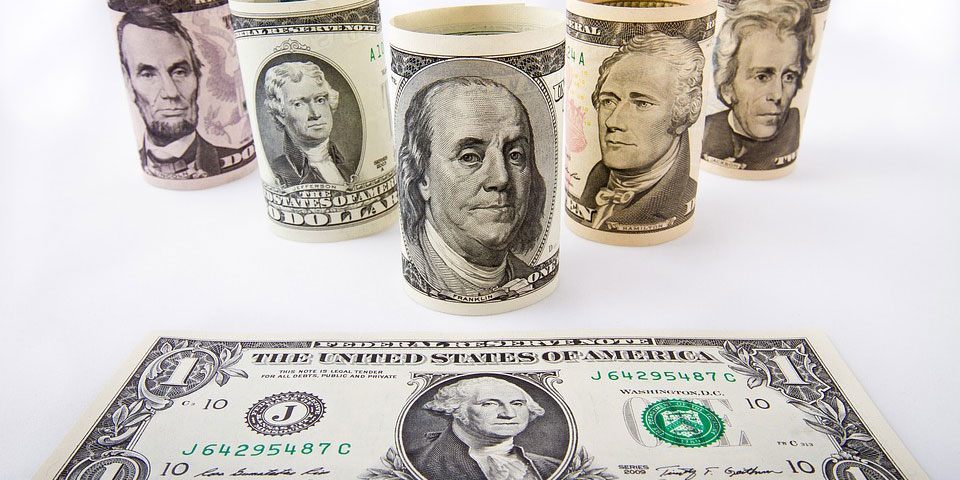How Trump Plans to Crack Down on Drug Companies
One of President Trump’s big promises on the campaign trail was to reform the prescription drug industry. For most Americans, the cost of lifesaving prescription drugs is way too high.
We already know that these companies value profit over lives. All we have to do is look at the recent case of EpiPen, who raised the price of their pen to unfathomable levels.
The cost of epinephrine per box: $1
What EpiPen rose the price to: $699
Why did they do this? The answer is simple: profit. Despite the protests and the anger this caused, the manufacturers defended their position. They proved they didn’t care about the numerous people who depend on this product to save their lives.
This is just one example. It was such a huge issue that Trump vowed to lower the cost of prescription drugs. Why Americans wish he had tackled this problem sooner in his administration, it was finally announced that he will release his strategy this week.
Alex Azar, Trump’s Secretary of Health and Human Services, said that the president’s approach will be to take a ‘tough stance’ on drug makers. This declaration alone led to the stock of these major companies to fall.
According to Aetna, one of the country’s largest insurance providers, the cost of prescription drugs rose in price nearly 25% over the last four years, with the prices already been too high to begin with. This is why Trump made the cost of drugs an important issue during his campaign.
Here are some of the issues expected to be brought up in the coming days:
Price Rebates
When you look at the dealings between drug makers and insurance companies, you’ll start to see how they prop each other up. Drug companies will give large discounts to insurance companies, but many wonder if those same discounts are passed down to the consumer.
In most cases, they’re not. Trump’s plan hopes to change that by ensuring more of the discounts is given to the people, especially those on Medicare.
Promoting Increased Competition
President Trump continues to strongly believe that increased competition between drug companies will force them to lower the cost of drugs to stay competitive.
Once a new drug is released by a major manufacturer, generic drugs aren’t far behind, so the Trump team hopes to allow for faster review of generic drugs to get them into the market quicker.
For example, if a competitor to EpiPen kept the price at $1, then consumers have options and EpiPen is less likely to obscenely raise their prices.
They also plan to identify more drugs as over-the-counter medicines to make them easier to obtain without having to get a doctor’s prescription, saving consumers times and money.
These are just a few of the ways Trump plans to tackle the drug industry. We look forward to seeing what the rest of his ideas are in making prescription drugs cost effective for everyday Americans.



